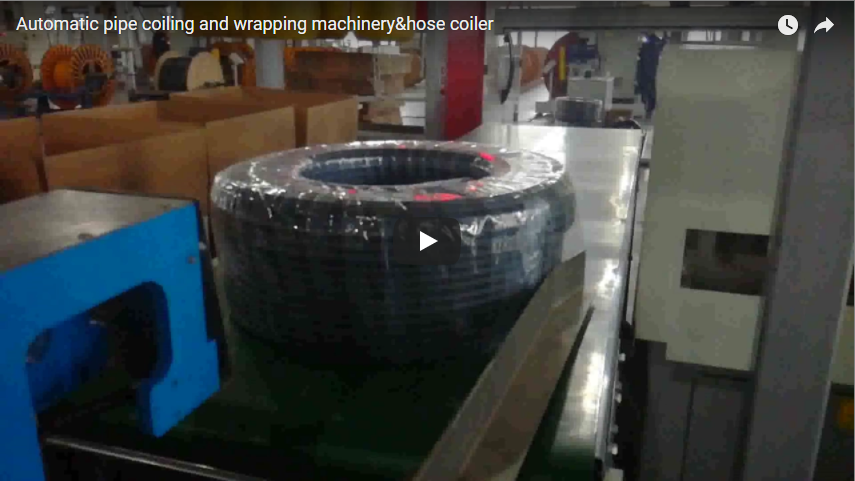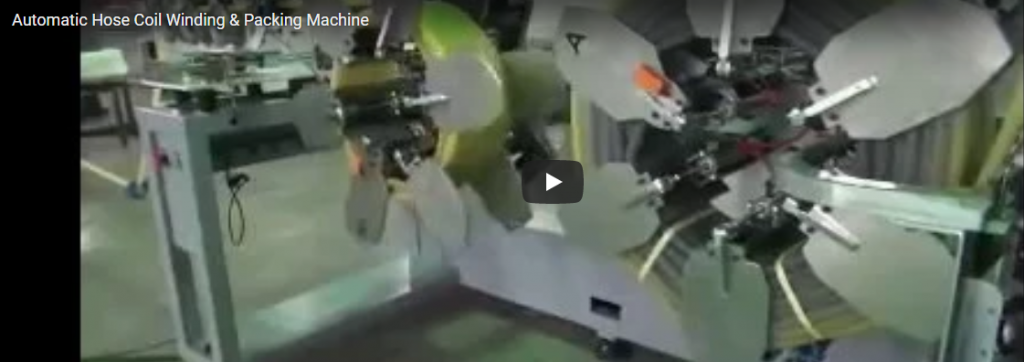Why Your Steel Coil Packaging Process Needs an Upgrade
The Evolution of Steel Coil Packaging
In today's rapidly evolving metal processing industry, traditional packaging methods for steel coils are becoming increasingly obsolete. The manual packaging processes that once dominated factory floors are now giving way to sophisticated automated solutions. This transformation isn't just a trend – it's a necessary evolution driven by market demands for higher efficiency, better protection, and increased productivity.
Understanding the Challenges of Traditional Steel Coil Packaging
Traditional steel coil packaging methods present numerous challenges that impact both operational efficiency and product quality. Manual packaging processes are not only time-consuming but also pose significant safety risks to workers. The inconsistency in packaging quality can lead to:
- Material damage during transit
- Increased labor costs
- Extended processing times
- Workplace safety concerns
- Quality control issues
- Higher insurance premiums
The Cost Impact of Inefficient Packaging
Poor packaging practices can significantly affect your bottom line. Consider these statistics:
- Up to 15% of steel coils experience some form of damage during traditional packaging and transportation
- Manual packaging operations can consume up to 40% more time compared to automated solutions
- Labor costs for manual packaging can be 3-4 times higher than automated systems
- Insurance claims related to damaged goods can increase operational costs by up to 25%
Advanced Technology in Modern Coil Packaging
Automated packaging systems have revolutionized the way steel coils are protected and prepared for shipment. These systems incorporate:
- Computer-controlled wrapping mechanisms
- Precision tension control
- Multi-layer protection options
- Automated moisture barriers
- Real-time monitoring systems
- Quality control checkpoints
Benefits of Automated Coil Packaging Solutions
Enhanced Protection
Modern packaging lines provide superior protection through:
- Consistent wrapping tension
- Multiple layer applications
- Precise edge protection
- Uniform coverage
- Moisture-resistant barriers
- Anti-corrosion packaging options
Improved Efficiency
Automated systems deliver significant efficiency gains:
- Up to 75% reduction in packaging time
- Decreased labor requirements
- Reduced material waste
- Consistent quality output
- Higher daily throughput
- Lower operational costs
The Role of Industry 4.0 in Coil Packaging
The integration of Industry 4.0 technologies has transformed coil packaging:
- IoT sensors for real-time monitoring
- Data analytics for process optimization
- Predictive maintenance capabilities
- Remote system management
- Automated quality control
- Production tracking and reporting
Environmental Impact and Sustainability
Modern packaging solutions address environmental concerns through:
- Reduced material waste
- Energy-efficient operations
- Recyclable packaging materials
- Optimized material usage
- Lower carbon footprint
- Sustainable packaging options
Safety Improvements with Automated Systems
Workplace safety sees significant enhancement through:
- Reduced manual handling
- Automated heavy lifting
- Enhanced operator protection
- Emergency stop systems
- Safety barriers and sensors
- Regular system maintenance
ROI Analysis of Packaging Automation
Investment in automated packaging systems typically shows:
- 12-18 month payback period
- 30-40% reduction in operational costs
- 50% decrease in material waste
- 70% reduction in packaging-related damages
- Improved customer satisfaction
- Higher profit margins
Implementation Strategies for New Packaging Systems
Successful implementation requires:
- Thorough needs assessment
- System specification development
- Vendor evaluation and selection
- Installation planning
- Staff training programs
- Performance monitoring
- Maintenance scheduling
Maintenance and Support Considerations
Ensuring optimal system performance requires:
- Regular maintenance schedules
- Operator training programs
- Technical support access
- Spare parts inventory
- System updates and upgrades
- Performance monitoring
Future Trends in Steel Coil Packaging
The industry continues to evolve with:
- AI-powered systems
- Advanced materials development
- Enhanced automation capabilities
- Greater sustainability focus
- Improved protection methods
- Smart packaging solutions
Integration with Existing Systems
Successful integration involves:
- Production line assessment
- System compatibility checks
- Process flow optimization
- Control system integration
- Data management solutions
- Quality control coordination
Customer Satisfaction and Market Competitiveness
Improved packaging leads to:
- Higher customer satisfaction
- Reduced damage claims
- Better market reputation
- Increased repeat business
- Competitive advantage
- Enhanced brand value
Conclusion
The upgrade to automated steel coil packaging systems represents a crucial investment in your company's future. The combination of improved efficiency, enhanced protection, reduced costs, and increased safety makes this transition essential for maintaining competitiveness in today's market. By embracing these technological advances, companies can ensure their packaging operations meet current demands while preparing for future challenges. The initial investment in upgrading your packaging process is quickly offset by the numerous benefits and long-term cost savings, making it not just an option, but a necessity for modern metal processing operations.






